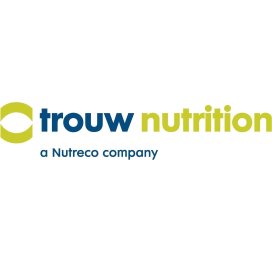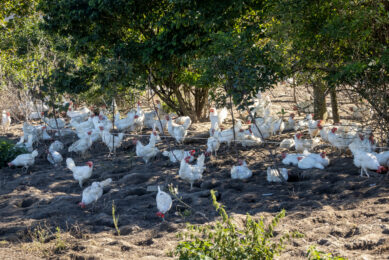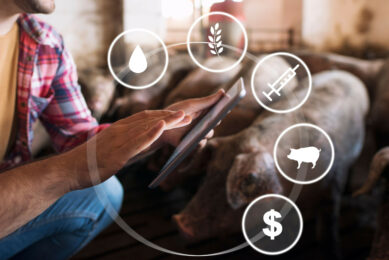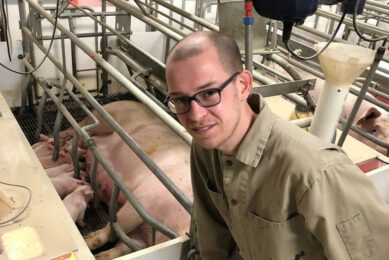Reducing the climate impact of feed made easier
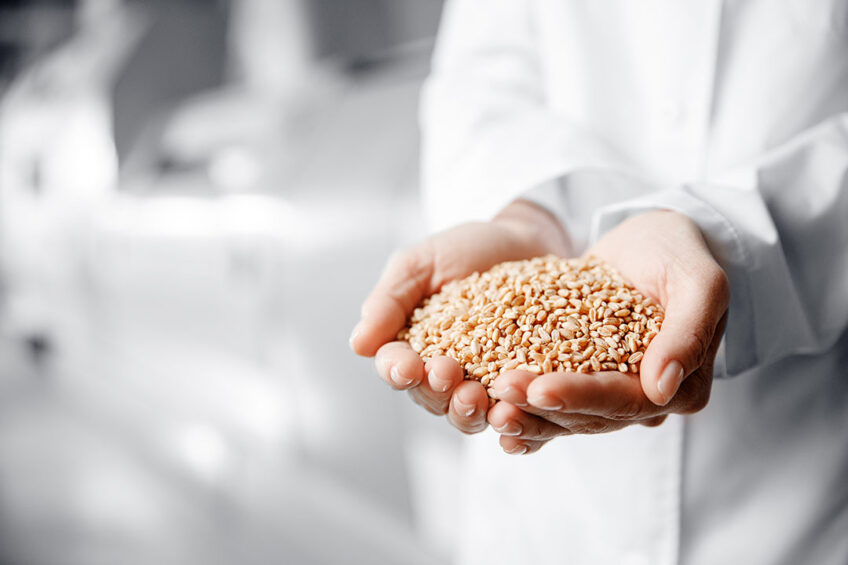
Increasingly, farmers and feed producers need to consider the environmental impact of their end products or the compound feed they produce and sell. But how does this work in practice, and how can we make this process simpler?
Livestock production and sustainability are inextricably linked. While the definition of sustainability and the goals attached to it might differ per region or producer, it is obvious that sustainability is no longer a concept we should be afraid of. We should see it as an opportunity because more sustainable farming practices help to safeguard future food production, create a competitive advantage, and are increasingly rewarded in payment systems at multiple levels. They also increase overall consumer acceptance.
Feeding animals is a fine art between balancing the nutritional requirements of the animal, customers’ needs, price, and the available feed ingredients.
Animal feed is the fundamental link
Sustainability goals for farmers are often embedded in sustainability programmes from buyers (such as dairy processors or retailers). These goals can range from reducing antibiotic use and increasing soil health to reducing the overall carbon footprint of a kg of pork, a tray of eggs and a litre of milk. All these different components of sustainability require a different approach. When it comes to reducing the carbon footprint of end products, we know that animal feed is an important and fundamental link that can make a major contribution to the total emissions of animal-based food production. This is because the production of feed ingredients and complete feed involves land use, transportation, high energy feed processing and more. Coen Smits, global sustainability director at Trouw Nutrition explains: “Feeding animals is a fine art between balancing the nutritional requirements of the animal, customers’ needs, price, and the available feed ingredients. This is an art that Trouw Nutrition understands very well. But we also understand that animal feed can have a significant impact on the environmental footprint of animal protein. Being a major global feed producer, it is our responsibility to find easy and practical solutions for this that help feed producers and help farmers to meet their sustainability goals.”
LCA tools: Which one to choose?
Producing more sustainable feed starts with action and knowing the environmental impact of the feed ingredients. Only then can you adapt and improve things around procurement of feed ingredients and formulation, while – of course – keeping feed costs, animal performance and health in mind. And this is where Life Cycle Assessment (LCA) comes in.
LCA is a methodology that is used to help quantify many different environmental impact metrics, including the carbon footprint of the product life cycle (measured in CO2 equivalent). While LCA tools are not new, application in the animal feed industry has taken a huge flight recently and different LCA tools are available. For feed producers, the challenge lies in finding the right one that fits their daily operations and needs. It should be easy to use, without the need to become an LCA expert. Wiebren Santema, product market manager at Trouw Nutrition explains: “The feed producers and integrators we work with often do their own feed analysis with NIR. This data flows into MyNutriOpt, an easy-to use feed management platform that we developed and is used by our customers. We have now added MyFeedPrint to this platform as well. This service calculates different environmental impact parameters of the feed ingredients and complete feed (blends), including the effect on climate change (what we call the carbon impact, measured in kg CO2 equivalent). This is done through 3 modules (see box). All environmental impact parameters are important, but the carbon impact figure is often the first metric to look at when considering to change formulations. MyFeedPrint, which is built on the European PEFCR Feed Guidelines, uses verified external LCA databases. Having this new service allows our clients to have all relevant feed data (nutritional and environmental impact) in one place.”
Fuel for internal meetings
Jess Marshall, ruminant nutritionist at GLW Feeds Ltd, is an early adopter of MyFeedPrint. GLW Feeds is a family-owned feed mill in the UK, producing around 240,000 tonnes of feed per year (for ruminants, pigs, and poultry) in one facility. “As a feed company, our aim is always to produce compound feeds that are economically viable and good for the animal and to help increase animal productivity, efficiency and farm profitability. But we also understand that we must consider the environmental impact of some raw materials. We started to change our sourcing policy for some feed ingredients a while ago, but we lacked the right LCA tool to help us with that. When Trouw Nutrition took us through the ins and outs of the MyFeedPrint service, we were immediately impressed by how simple and intuitive it was, and we were eager to start using it.” The data from MyFeedPrint is now an integral part of the business and an essential input for the quarterly meetings at GLW Feeds, where management, nutritionists and the procurement team review buying decisions. Marshall explains: “With all our efforts so far, we have already achieved up to a 50% reduction in carbon impact in some of our dairy rations. But more work needs to be done. We are currently looking at our liquid fat supply with a view to going palm oil free for example and we want to reduce our power consumption and increase the efficiency of our facilities. MyFeedPrint is a great service that really helps us to make sound decisions here.”
This is just the beginning
When feed companies can offer feed formulations with a lower carbon impact, it will make it easier for their clients (the farmers) to work towards climate-smart farming and comply with current and future sustainability schemes. “But at the same time, these companies need business continuity and should be able to increase production (to meet the increased demand for feed and food in the years ahead). We believe that this can go – and must go – hand in hand. It is great to see how the first feed companies like GLW Feeds are reaping the fruits from the new services and tools we develop for more sustainable farming and feed production. But this is just the beginning. We are continuing to roll out MyFeedPrint and invest in further innovations to bring transparency throughout the entire production cycle from feed to meat, milk, and egg production. This will make emission-reduction solutions more accessible to customers,” Smits concludes.


